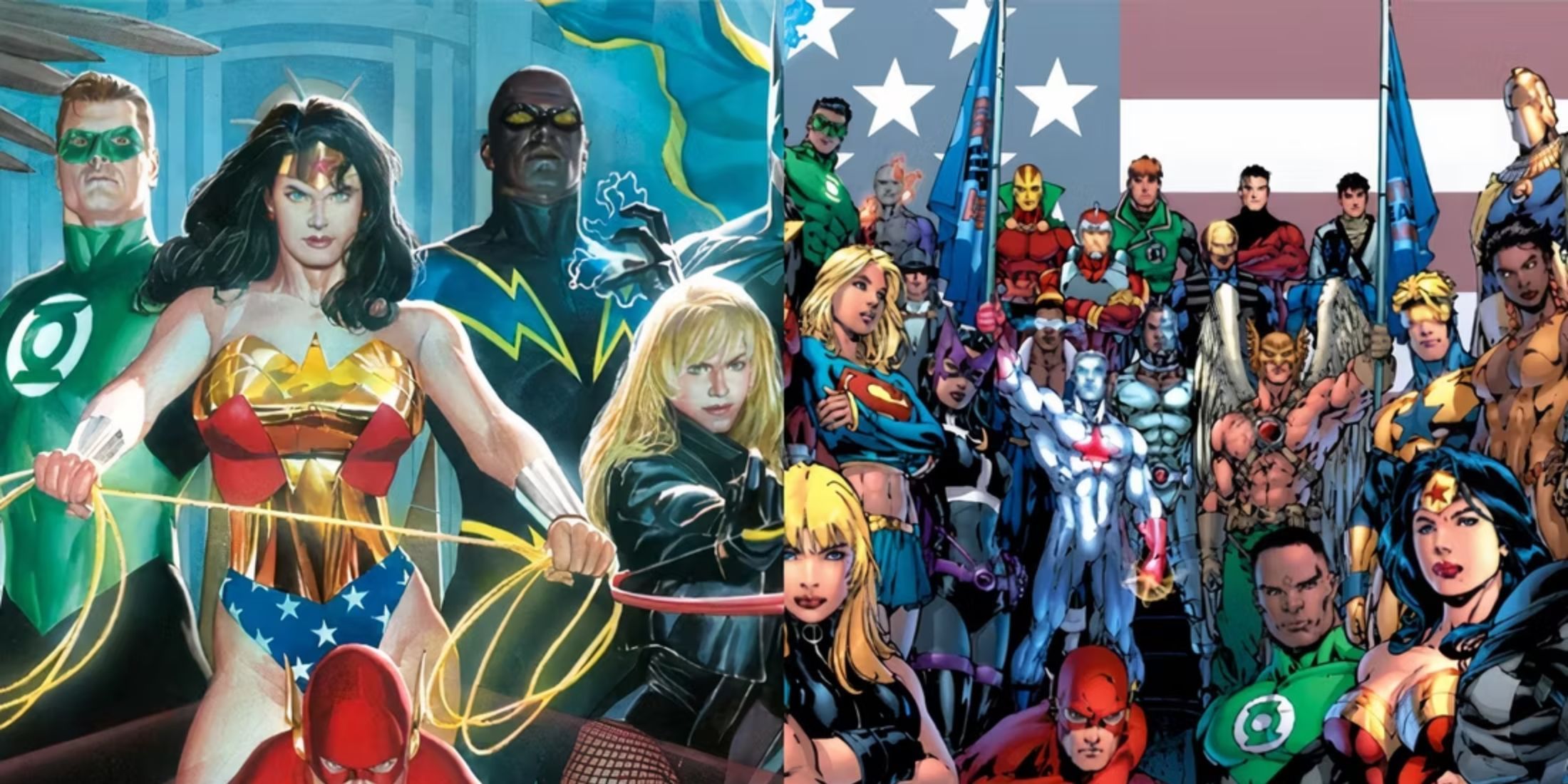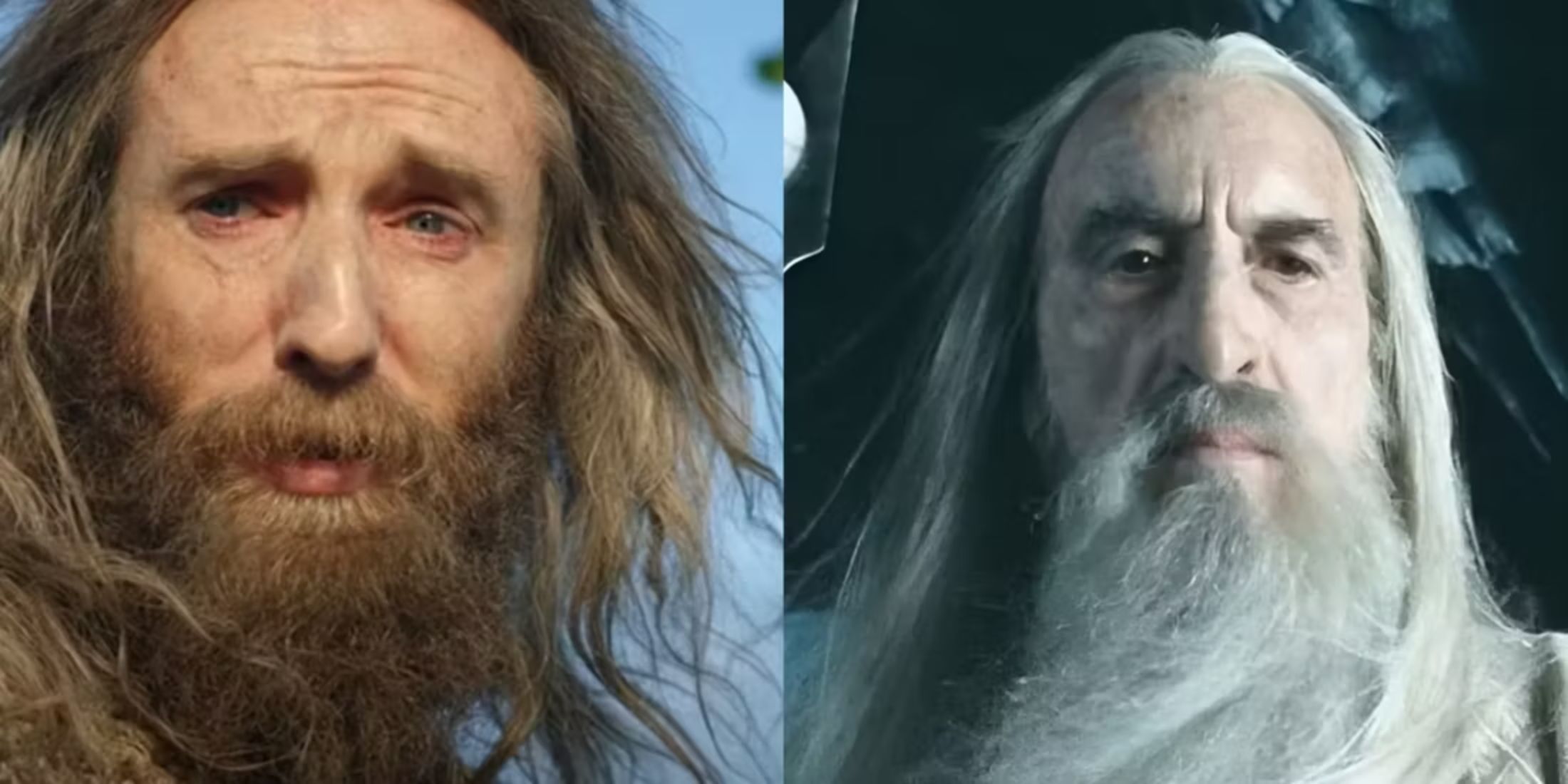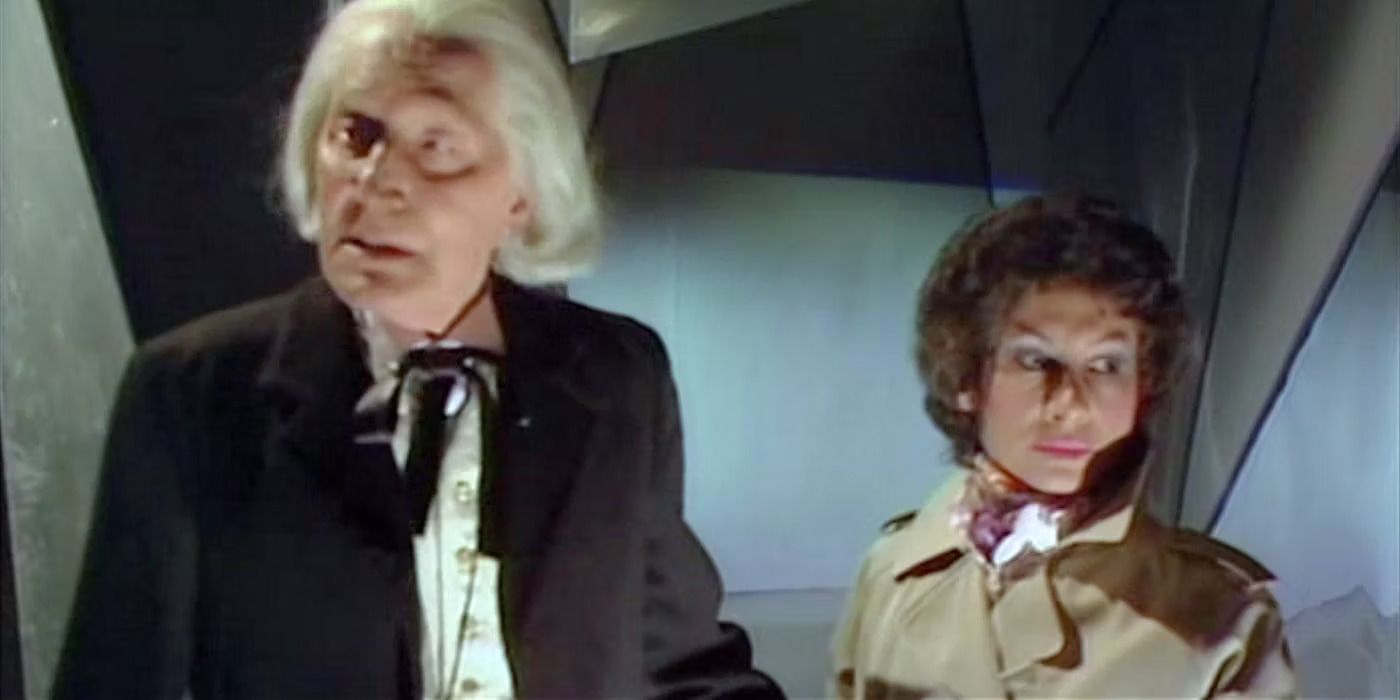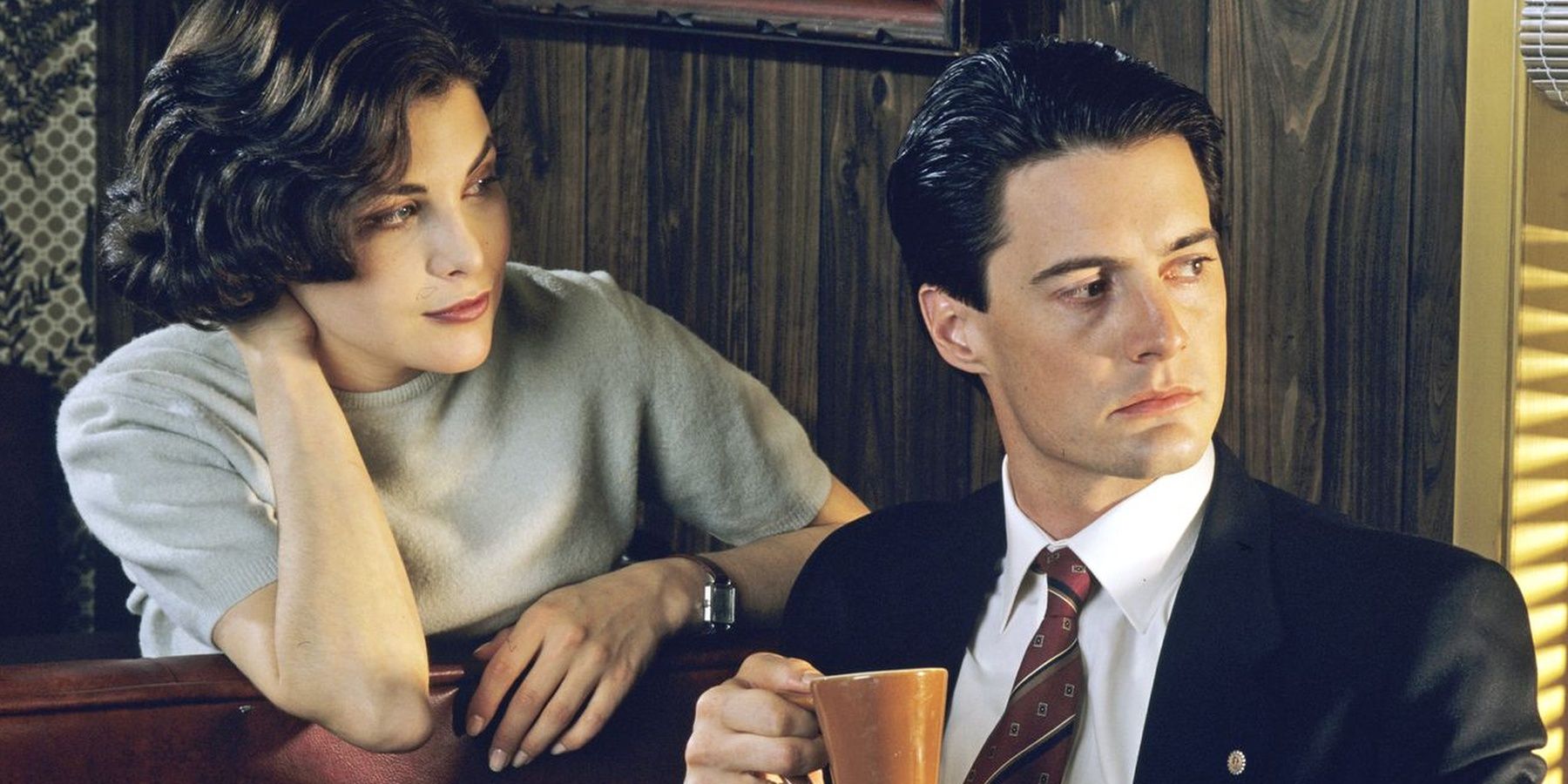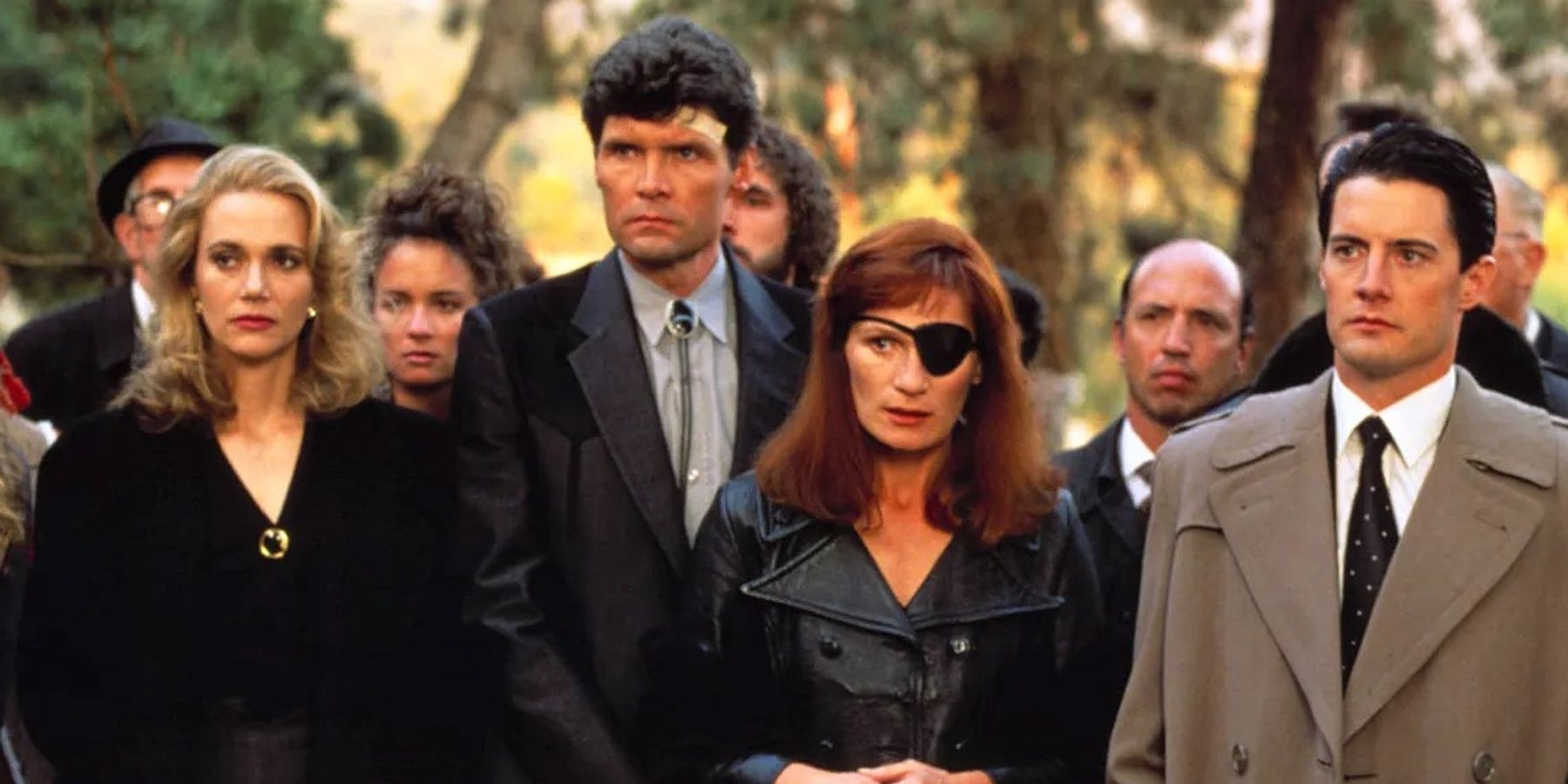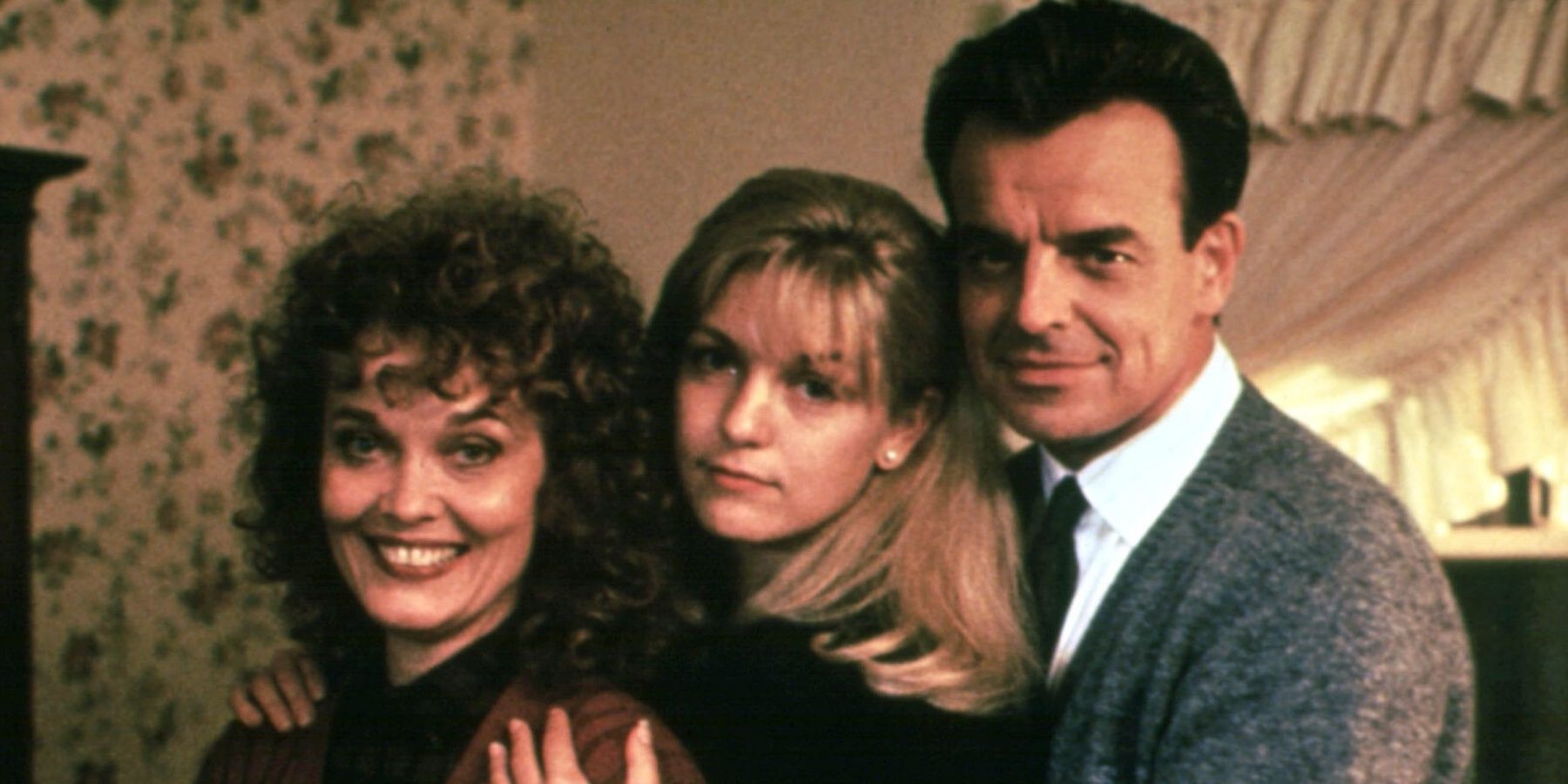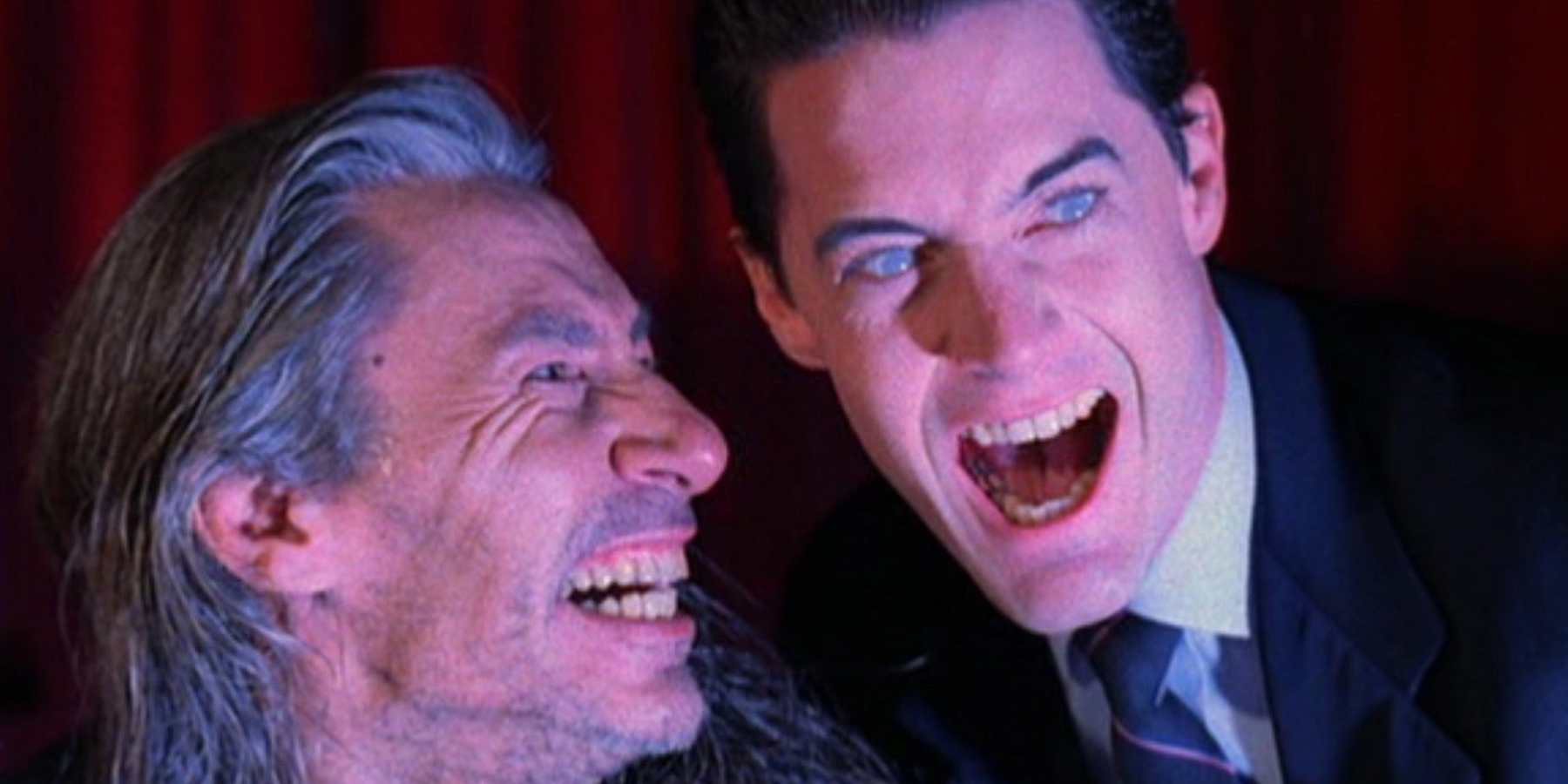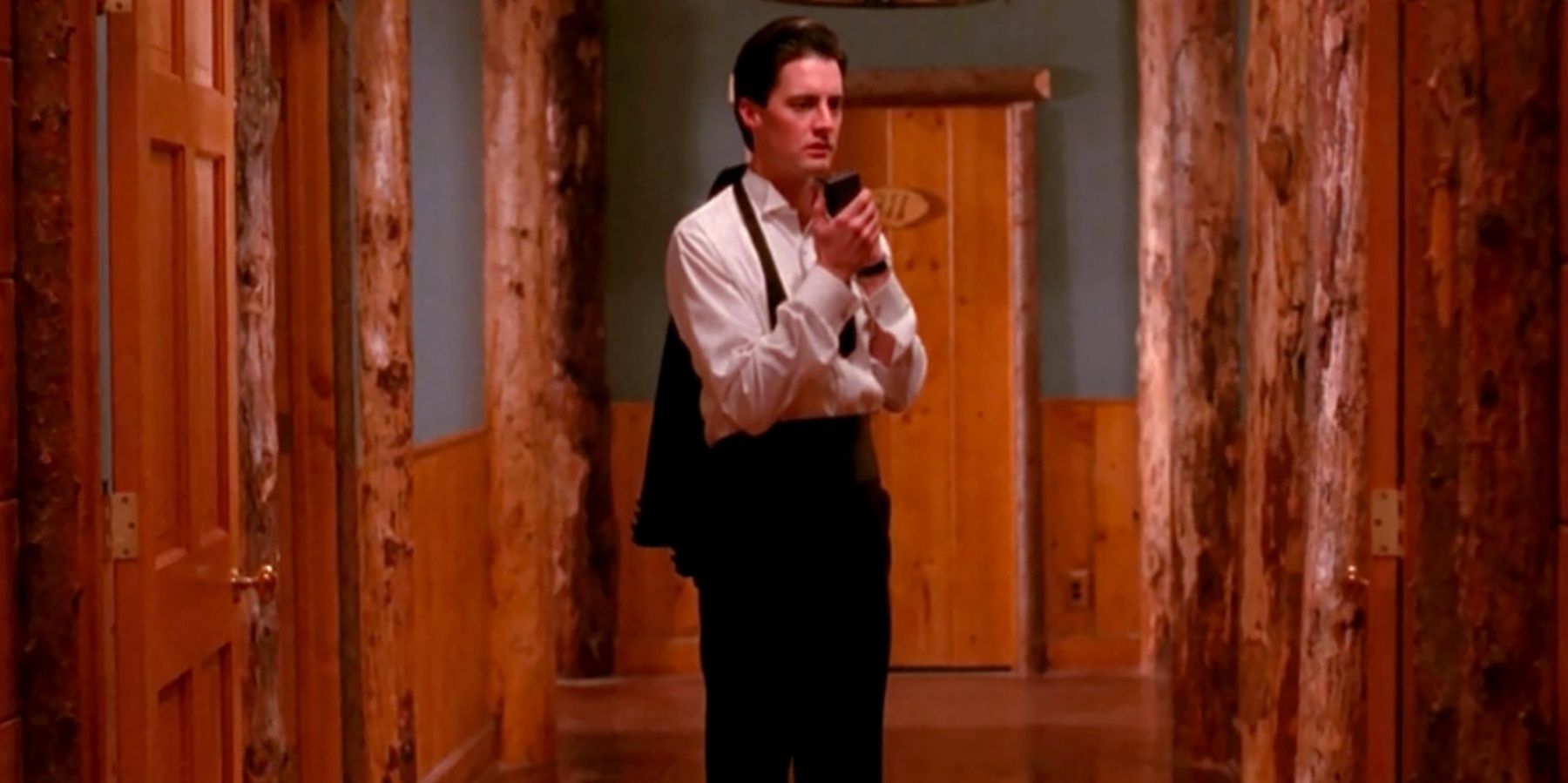Beginning in 1990 and creating a legacy of surrealism that led to its return in 2017, David Lynch's Twin Peaks became a cultural phenomenon like no other. With strange visuals, bizarre characters, and a mystery at its core, the show has bewildered and confused fans and critics alike for decades.
After the initial series ended after two seasons in 1991, the subsequent feature film Fire Walk With Me left many questions unanswered. Fans hoped that the 2017 revival series would finally tie up the loose ends from decades before. However, in true David Lynch style, the show left audiences with even more questions, which are still hanging five years later. With a show like Twin Peaks and a director like Lynch, can the loose ends ever be tied up, and more importantly, should they?
Before Twin Peaks began airing in 1990, David Lynch already had Eraserhead, The Elephant Man, Dune, and Blue Velvet under his belt. Considering his repertoire, studios and audiences alike should have known what they were getting into with a Lynch-created TV show. However, no one could have predicted how culturally significant and utterly strange the show would be.
The plot seems simple at first glance: the body of homecoming queen Laura Palmer is discovered naked and wrapped in plastic. Around the same time, a girl called Ronette Pulaski is also discovered badly injured and in a fugue state. FBI Agent Dale Cooper (Kyle MacLachlan) comes to town to solve the murder, but it soon becomes apparent that the town and its inhabitants are less than average.
Cooper proceeds to have strange and uncomfortable run-ins with the people of Twin Peaks, the show's tone oscillating from daytime melodrama to uneasy and uncanny nightmare. Cooper experiences strange dreams of a red room, with odd characters delivering cryptic clues about the murders in Twin Peaks to him. The show didn't shy away from strange, filled with characters like the Log Lady, the backwards-talking man, and otherworldly beings MIKE and BOB. These beings inhabit the body of random townsfolk, and although MIKE and BOB used to kill humans together, MIKE now wants to help stop BOB. BOB is the central antagonist of the show, a scary, denim-clad feral man who is hiding in the town and murdering residents.
The second season dives further into weirdness, with the central plot revolving around discovering who BOB is inhabiting and what his ultimate plans are. The Black Lodge also takes center stage as a place that is not only from Cooper's, dreams but real. Cooper learns that both the White Lodge and the Black Lodge are real places, and that BOB wants to claim the power of the Black Lodge.
The series culminates with Cooper being chased by a doppelganger of himself before emerging in the woods. The final shot of Season 2 makes it clear that the Cooper that exited the Black Lodge is the doppelganger, as he smashes his head into a mirror over and over again while grinning menacingly. That was the end of Twin Peaks. The movie Fire Walk With Me was released after the show's end, but it too offered little conclusion. It functioned as a more serious prequel and somewhat sequel to the events of the TV show.
Then, after more than 25 years, fans of the show rejoiced as it was revealed it would be returning for a third season. There would finally be answers to questions left unanswered for several decades and fans would finally get some closure on the story of Dale Cooper. That didn't turn out to be the case.
The third season saw stories unfold across different locales like Las Vegas, South Dakota, and Twin Peaks as well as ethereal plains of existence. Season 3 saw the doppelganger of Cooper living Cooper's life while the real Cooper is trapped at the Black Lodge. There is also a second doppelganger called Dougie Jones, who ends up being drawn to the Black Lodge, allowing the real Cooper — disoriented and confused — to take his place in Vegas.
Not only does season 3 take place in different locales, but it also shows different times as well. In 1945, the first atomic bomb is detonated, and the smoke spews forth an orb with BOB'S face. There are frog creatures, talking feet, and faces that open up to reveal black nothingness within. It was pretty clear that season 3 may not be about to offer the answers audiences wanted in a neat little bow.
Season 3 ended with the real Cooper finding a waitress who bears a striking resemblance to Laura Palmer whom he takes to Twin Peaks. Once they reach the town, however, the Palmer house is occupied by a different family. Copper is confused and the waitress (Carrie/Laura) hears Laura's mother calling her. The lights in the house go out, and the show ends with a callback to Laura whispering to Cooper in the Red Room.
Once again Lynch offered up a mystery to end the show, with some fans angered and some delighted. Most expected the third season to end with a lack of clarity, because of the nature of Lynch's work. Lynch is known for his abstract and surreal style. Anyone that watches his weather reports knows that, let alone his cinematic efforts.
By leaving the endings to the multiple finals of the show ambiguous, Lynch urges the audience to construct their own meaning and stories for what happens beyond the story on screen. The core of everything Lynch does is ambiguity. From Eraserhead to Mulholland Drive to Twin Peaks, Lynch's stories encourage audiences to use their own experiences and thoughts to extract meaning from what he creates.
By design, Twin Peaks is ambiguous and strange. That is what makes it unique, and is a huge part of what has made it such an enduring pop culture phenomenon. Any answers Lynch could provide could never live up to whatever audiences create in their minds, meaning the only logical conclusion to Twin Peaks is no conclusion.

